Saturday 18th May 2019, saw the Great Western Railway Class 43 HSTs bow out long distance services with Great Western Railway.
This day saw four HST sets visit London Paddington, all lining up at a special event for the very last time in service.
The Final Departure was the 18:32, London Paddington to Taunton service, them became the 21:32 Taunton to Exeter St Davids.
This very sad occasion saw Powercars such as:
- 43002 Sir Kenneth Grange & 43189 Driver Stan Martin/Driver Brian Cooper
- 43185 Great Western & 43009
- 43172 Harry Patch – The Last Survivor of The Trenches & 43162 Exeter Panel Signalbox 21st Anniversary 2019
- 43098 Old Oak Common HST Depot 1976-2018 & 43188 The Welshman
In this video, we see the GWR HSTs in there full glory with footage from 2016 to 2018.
Here are a few photos:
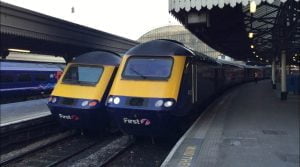
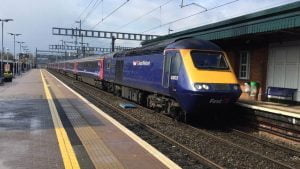
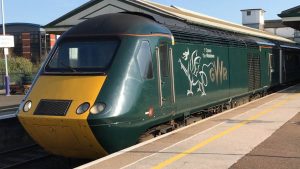
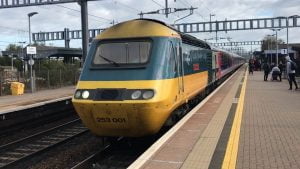
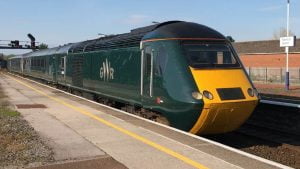
This video features HSTs at places such as:
- London Paddington
- Reading
- Didcot Parkway
- Keynsham
- Bristol Temple Meads
- Tiverton Parkway
- Dawlish
- Newton Abbot
- Bodmin Parkway
Info about the Class 43 HST:
- Power type Diesel-electric
- Built by British Rail Engineering Limited at Crewe Works
- Built date, 1976-1982
- Total Produced, 197
- Wheel configuration, Bo-Bo
- Engine, Paxman Valenta, Paxman VP185 & MTU
- Power output ,2,250 HP
- Max Speed, 125MPH
- Nickname, HST
See more of videos like this on RailView’s YouTube Channel by clicking here.
Where Next?
News Homepage
For the Latest Railway News
RailAdvent Online Shop
Framed Prints, DVD’s / Blu-Ray’s and more
LocoStop Community
Come and share your railway pictures




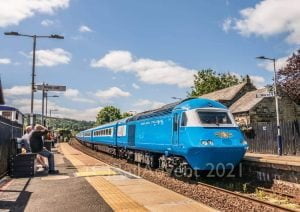

Responses
for many years i have traveled on the HSTs to and from Bristol parkway and i now know how i miss them.but when i get the chance to see my son who lives in the north i will try to travel on a HST to leeds..
I really do hope some of these Iconic Intercity 125 trains get preserved … even on Heritage Railways.
It be interesting to see at least one, two or three of these wonderful Classic British Rail Passenger Express Trains within the UK Preservation Movement … Restored to either classic BR Banana/Blue or Intercity Swallow liveries (both whom are my most favourite British Rail livery designs).
Furthermore, the Intercity 125 truly deserves to be fully recognised for how there introduction and heyday saved the entire UK Rail network from a time of struggle and life-changing era, when life in the UK (way before my time) was completely different – compared to whatever we all see today.
Anyway, surely some of these Intercity 125 trains are still currently seen Up North.
Just watched your HST video, and it is so sad to see the demise of such a superb train, particularly from the passengers point of view. I have travelled on them where ever they have run, and when fitted with Paxman Valenta engines running
late on the ECML, and as fast as allowed, the sound was quite something!!, Countless hours spent on Peterborough
station listening to a non-stop 125 racing through on the centre track was a joy to behold. Above all the carriages ran almost silently, seating was always comfortable, and generally it all ran well. Unlike the new Hitachi trains!!
Some will be kept for Cardiff Central-Exeter St. David’s-Penzance. But yes very sad. With some cascaded to ScotRail and some on hire to Hull Trains.
I think that the Class 43 HSTs should be given another life on the railways for another 20-30 years before older diesel trains are to be scrapped by 2040 except newer diesel trains will either be converted into bi-mode (diesel-battery trains (DBMU)) or hydrogen trains (HMU).